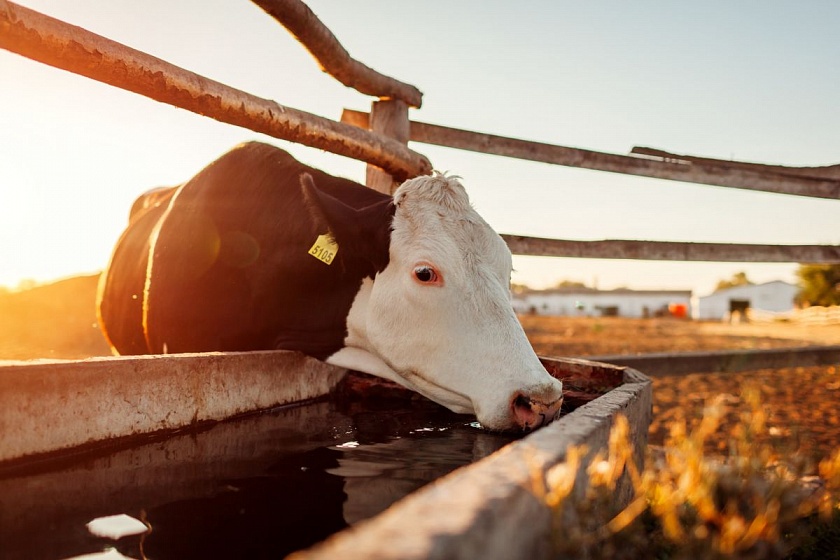The term heat stroke is the overheating of the body, which occurs as a result of the influence of high temperatures on the human or animal body. The level of metabolism is significantly reduced, respectively, and the formation of its own heat also decreases, the process of thermoregulation and heat transfer is disturbed in the body.
The following factors contribute to the manifestation of heat stroke:
- The rapid movement of the animal.
- High ambient humidity.
- Keeping a large number of animals in a cramped, hot room, etc.
Usually, animals, in order to escape from the heat, lie flat on the ground, try to be under a tree or under a canopy.
Sheep huddle in groups, which creates a shadow. Animals hide their heads from the sun, lowering them low. In hot weather, roosters and hens always open their beaks wide when breathing and raise their wings.
If high temperatures affect the animal for a long time, then their body overheats, the body temperature reaches 41-42 degrees. Then overheating develops into heat stroke.
Symptoms of heat stroke in animals:
- Shaky gait.
- Shiver.
- Marked dyspnea.
- Cardiopalmus.
- foam at the mouth
All these signs, if timely assistance is not provided, turn into a state of coma, and then to the death of the animal.
If the effect of high temperatures is not so strong, then the animal simply has a reduced appetite and productivity.
For example, a cow gives milk one and a half to two times less at an air temperature of 25-30 degrees. Pigs gain weight worse in hot weather. Chickens lay fewer eggs, and the size of the eggs also decreases. That is why it is not advisable to take animals out to pasture in the afternoon, but to keep them close to water, in a cool shade. Driving animals over long distances in hot weather is also not recommended.

